The Thames skiff is a lightweight, narrow, lap-strake rowing boat native to England’s River Thames. While it dates to the 10th century, and emerged first as a ferry boat, ship’s tender, and fishing craft, it became popular in Victorian times for racing and leisure. The boats ranged from about 18' to 30'.I live in the north of Scotland, about as far from the River Thames as it is possible to get while remaining in the U.K. So it may seem odd to think of building a Thames skiff up here. It all started when my wife and I rented a holiday cottage on the Thames and had the good fortune to visit the boatbuilders Henwood & Dean at Henley. There I was inspired by a magnificent small skiff (18' 3" long) recently completed and immaculately varnished, with its gold-leaf cove lines and woven cane armchair aft. I thought it would make an excellent project because it is lightweight and lends itself to ornamentation, which would provide good occupational therapy for one of advancing age and diminishing physical ability. My wife was enthusiastic too, imagining some rather more ladylike boating than that to which she had been subjected hitherto.I took as many photographs and measurements of the boat as possible, but did not have time to take the lines, even if I had known how to do so. Fortunately, boat designer Iain Oughtred has plans in his catalog for a 19' Thames skiff for glued-plywood construction, and I decided to build that boat—with some departures from Iain’s specifications. I used the mold shapes detailed on Iain’s plans, but chose traditional, solid-wood construction rather than plywood. And I changed the interior to my own tastes.
Join The Conversation
We welcome your comments about this article. If you’d like to include a photo or a video with your comment, please email the file or link.
One thought on “KINGFISHER”
Leave a Reply
Stay On Course

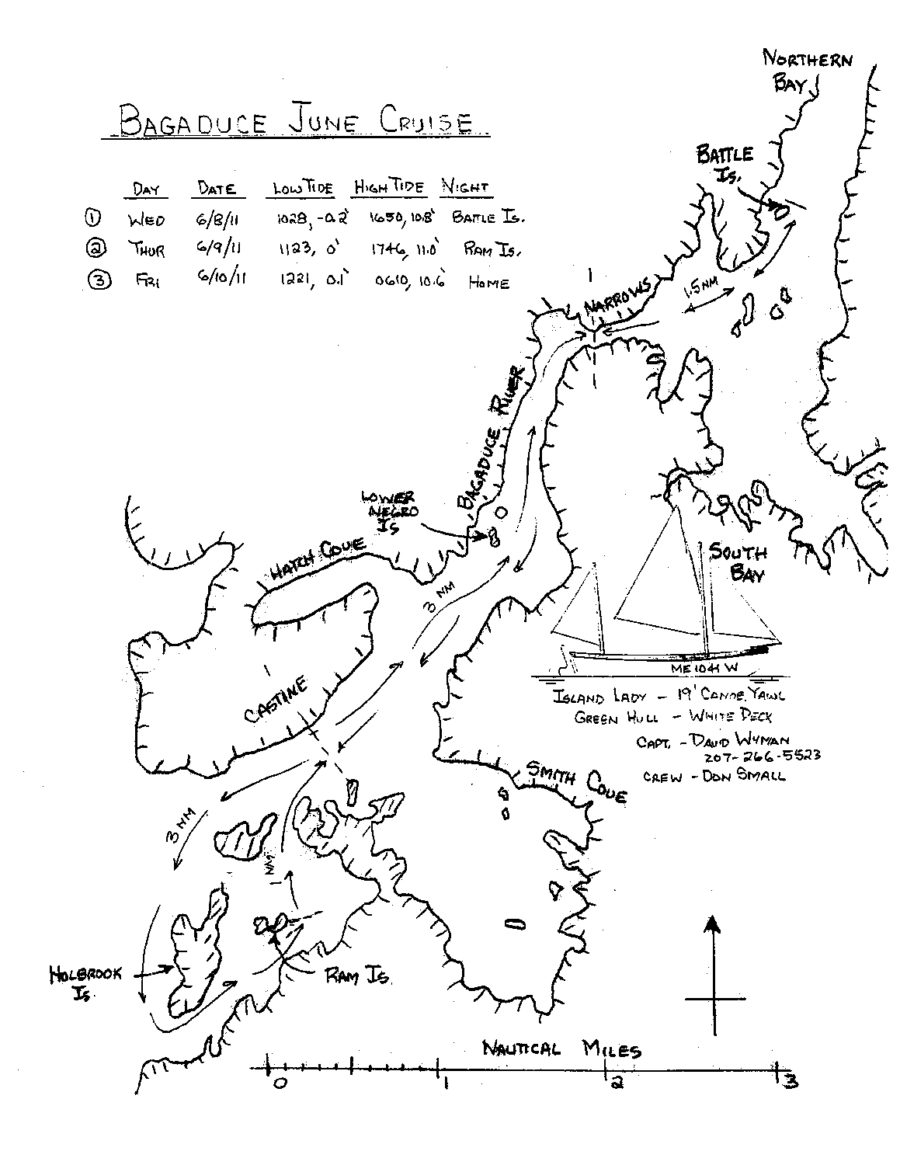
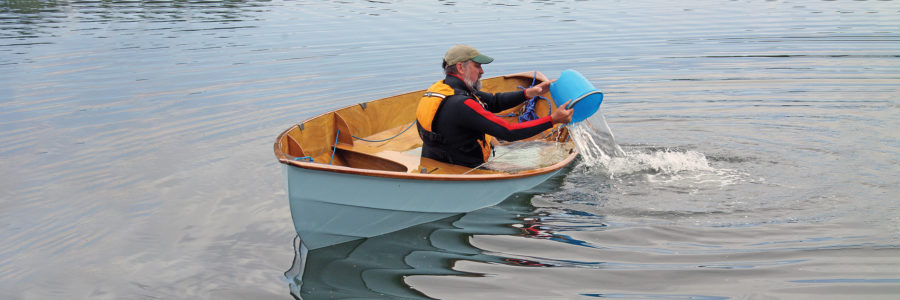
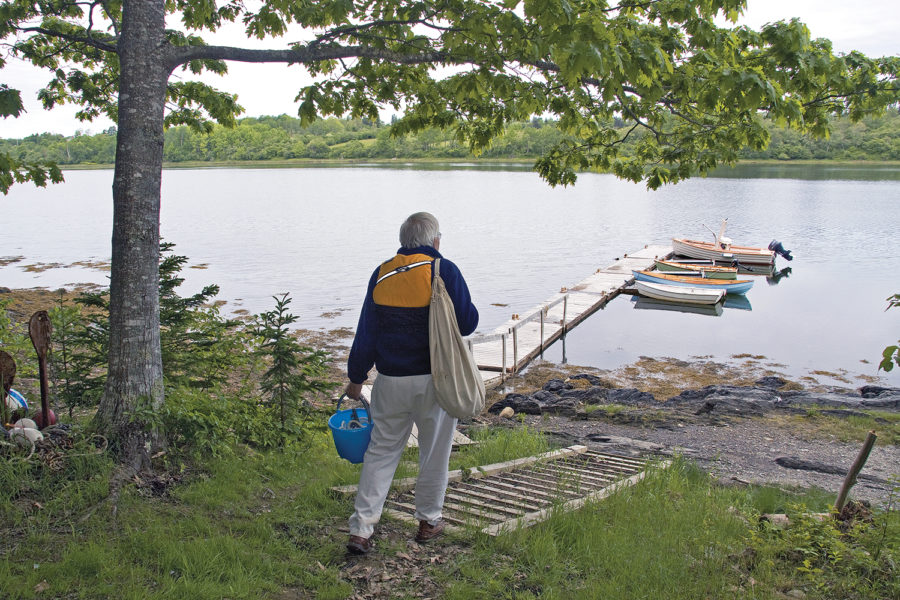
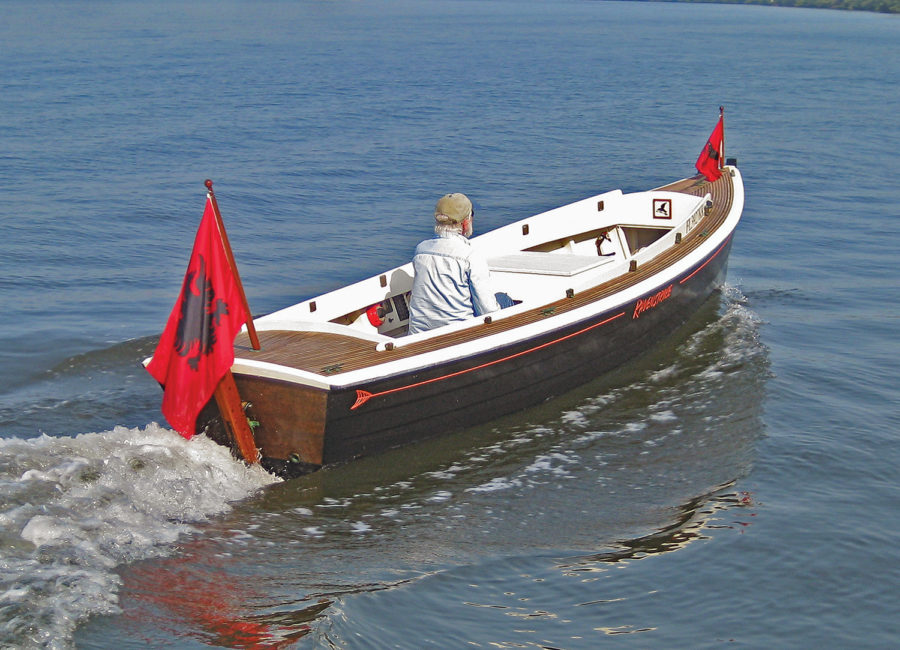
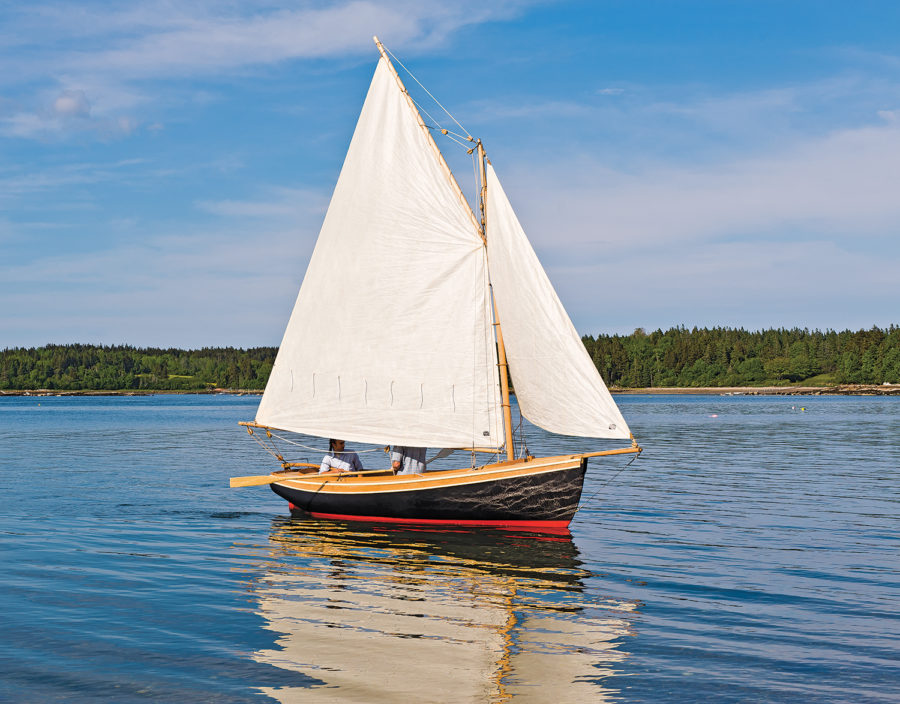
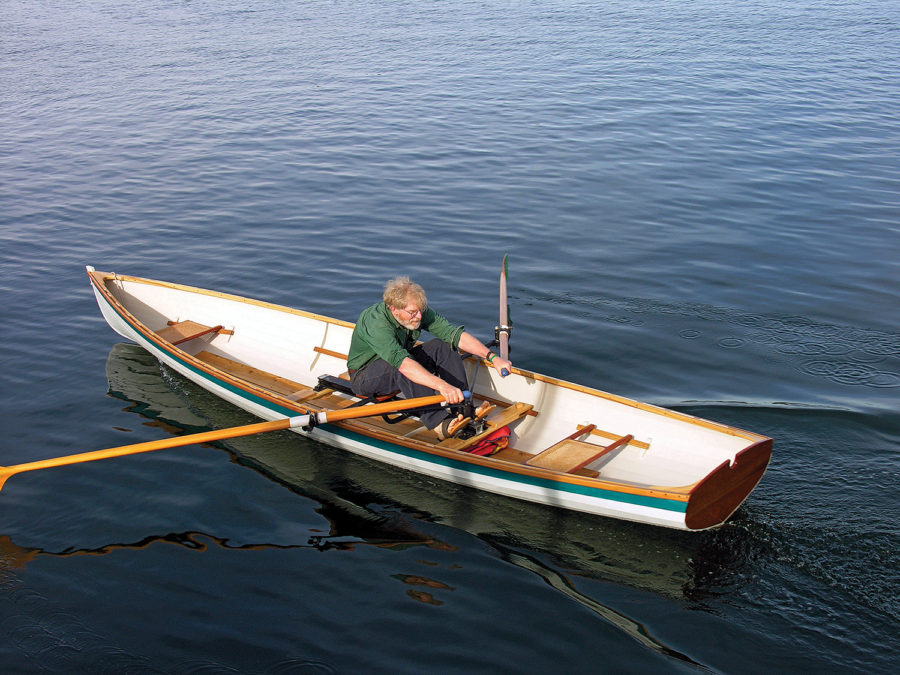
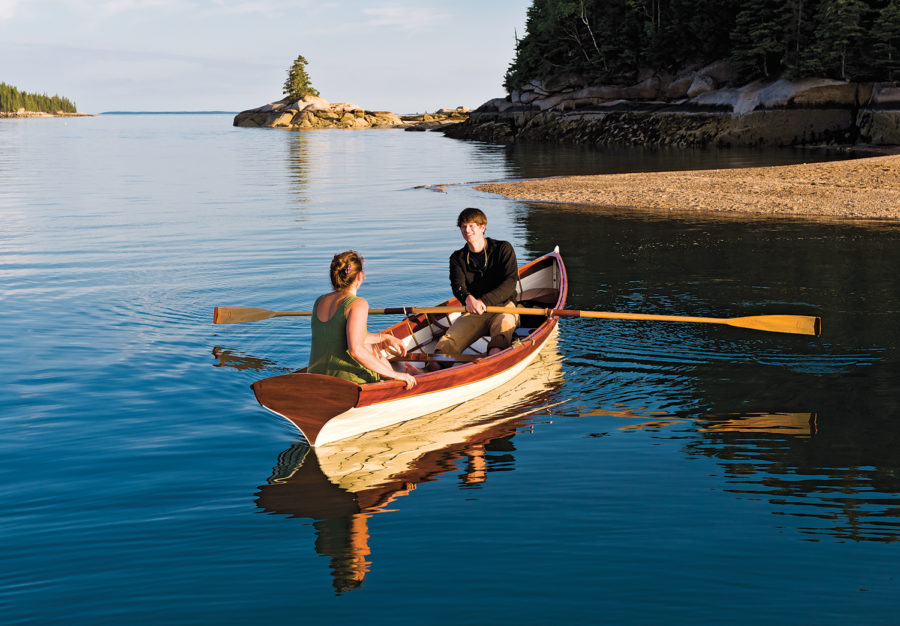
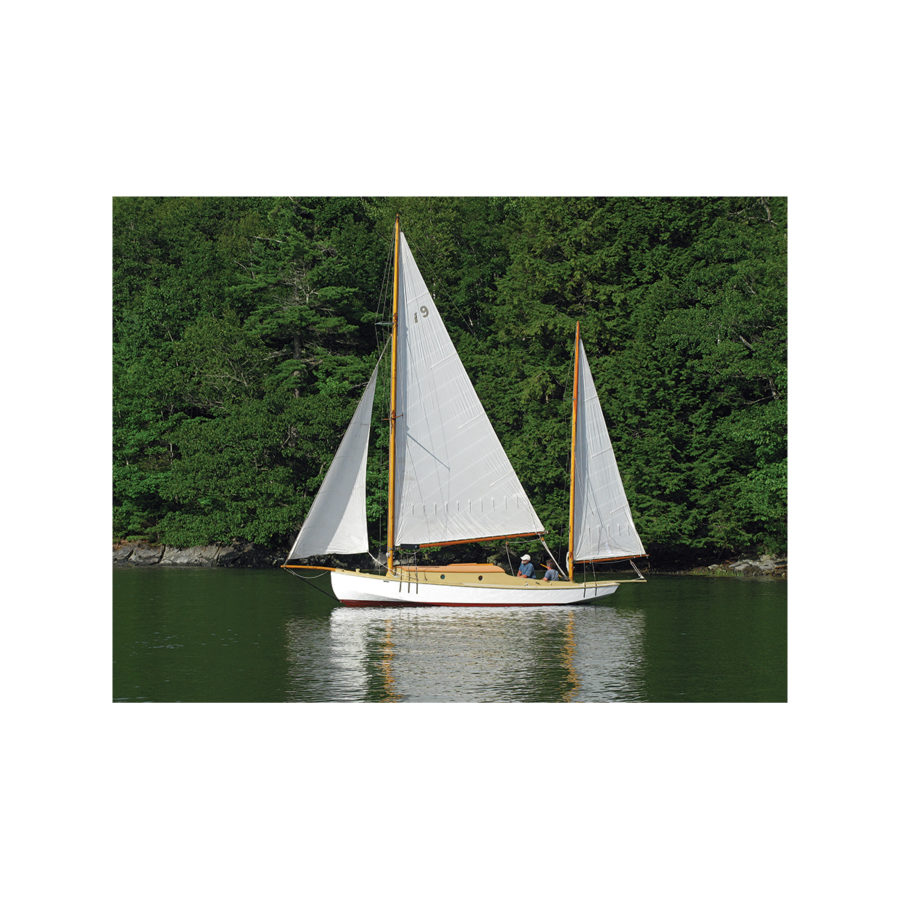
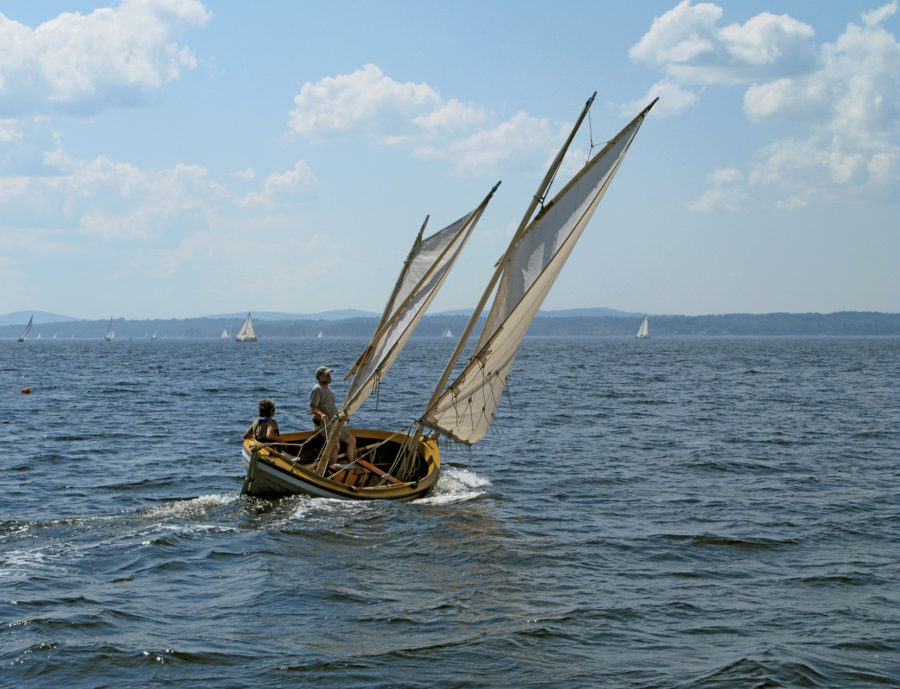
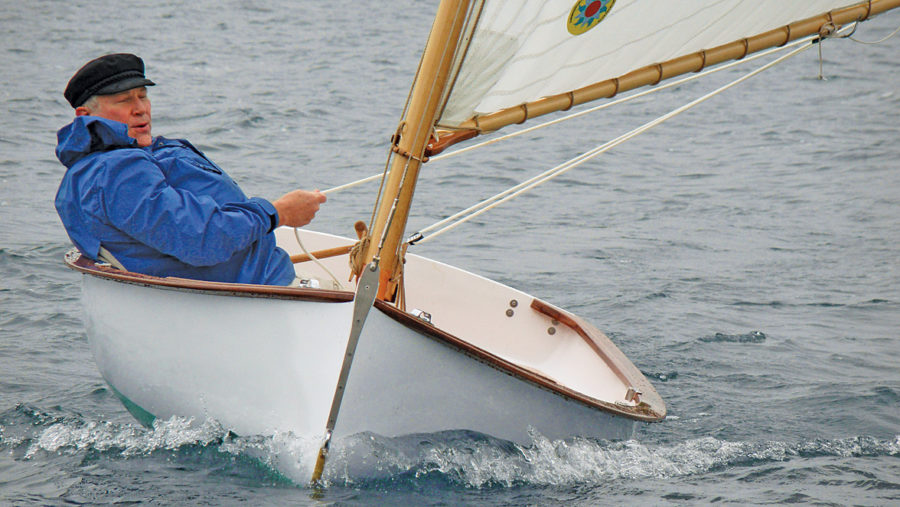
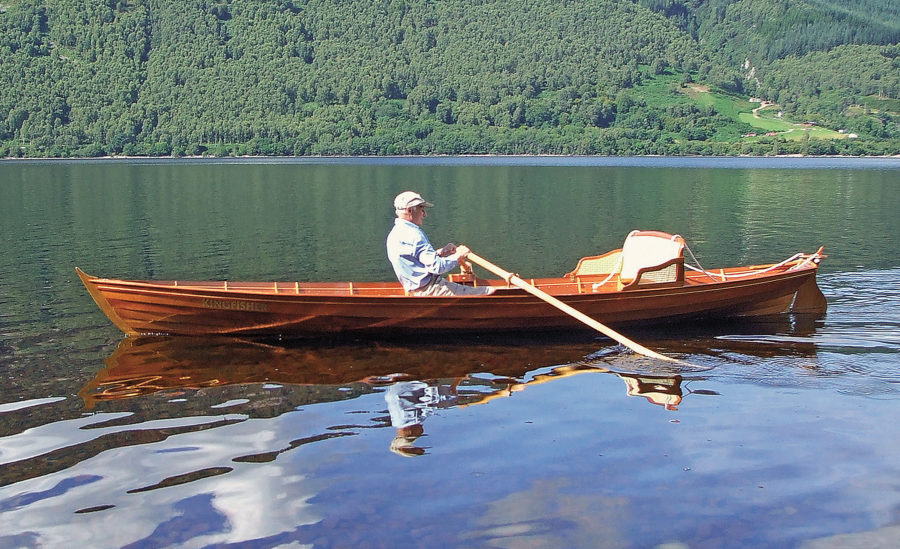
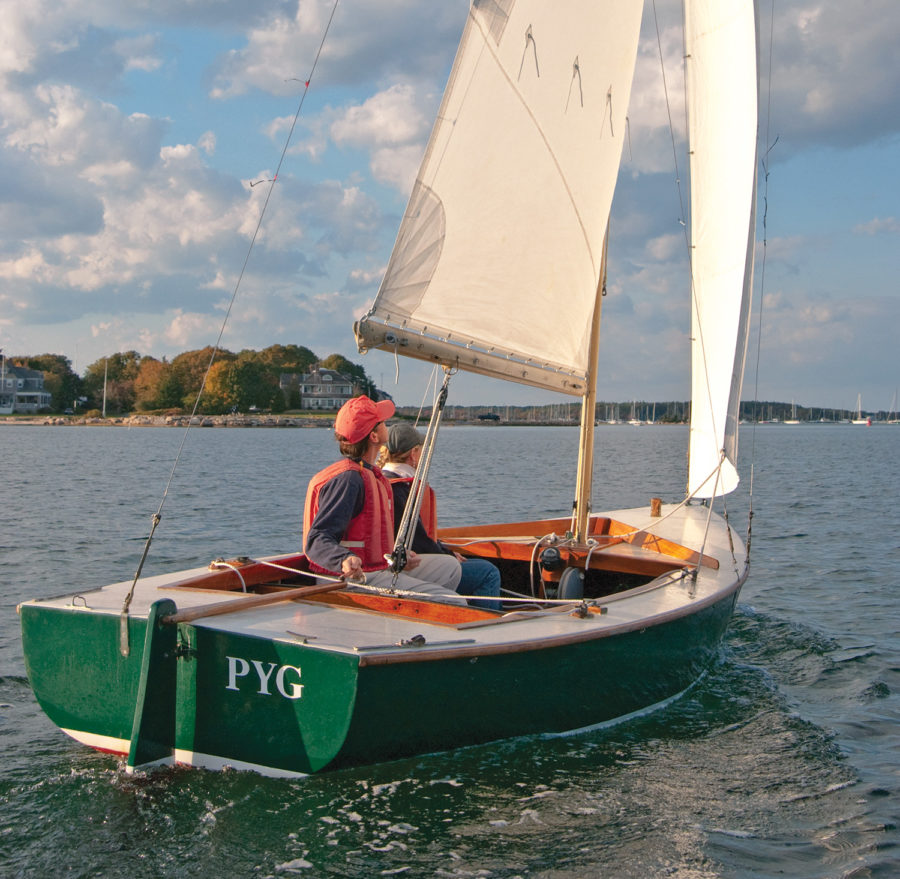
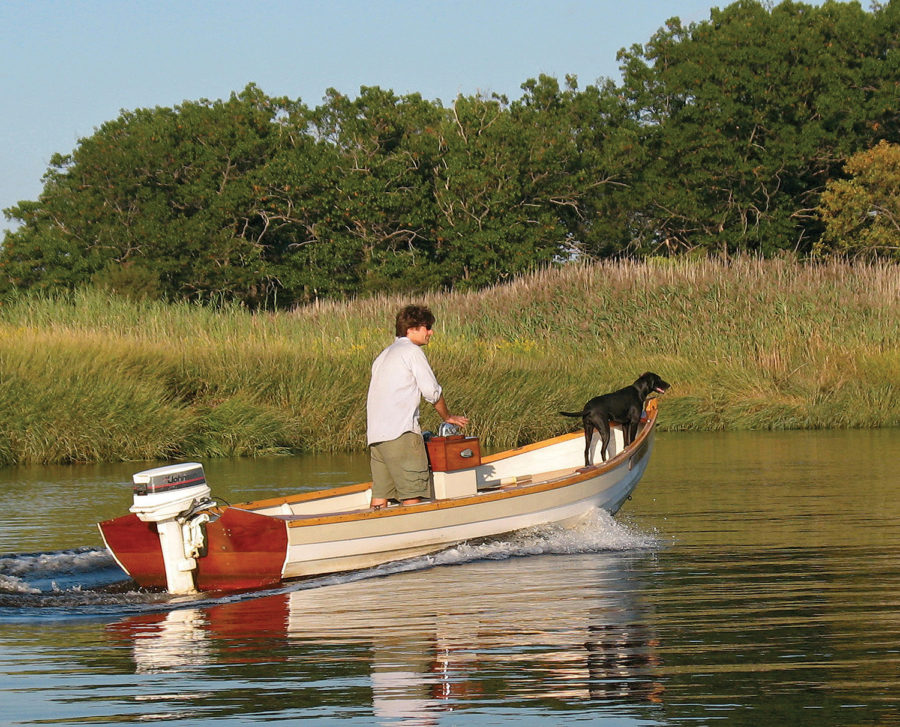
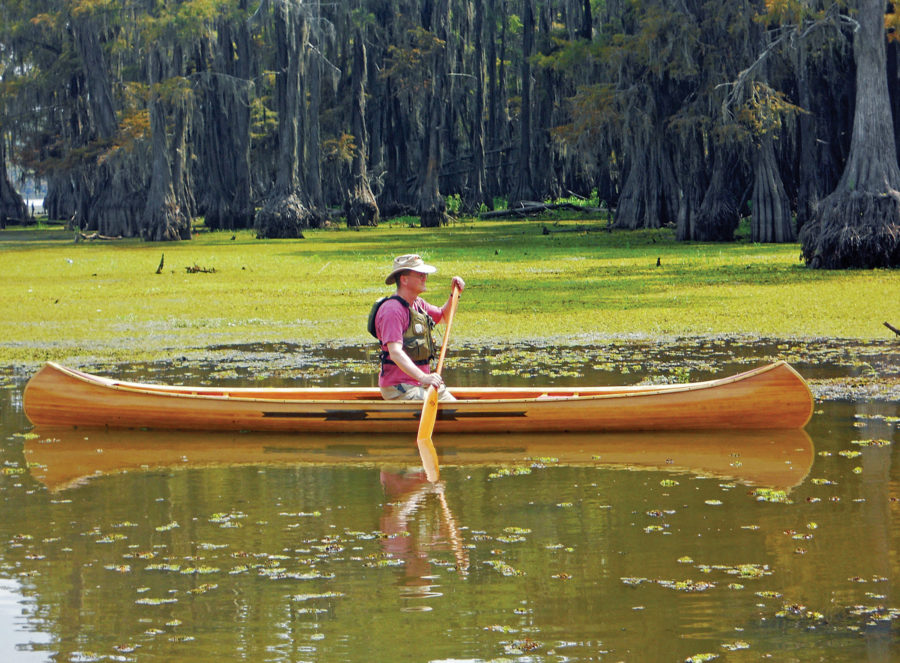
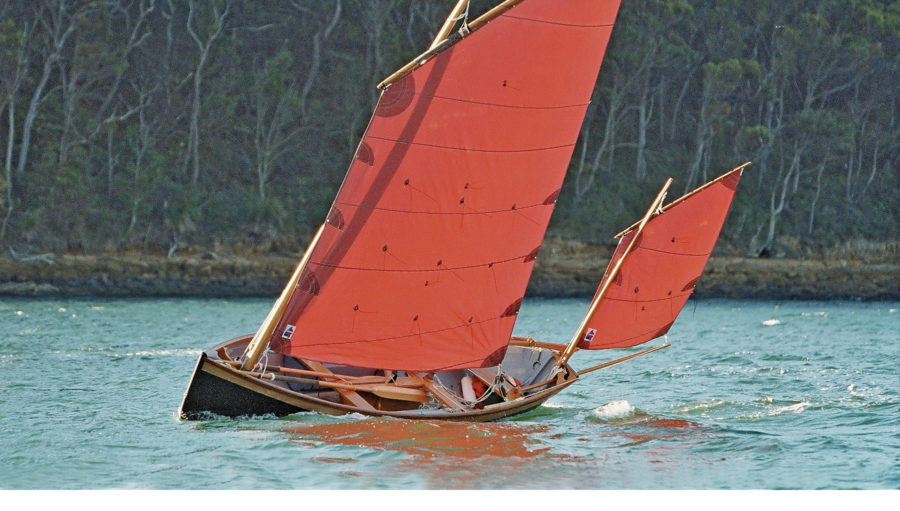
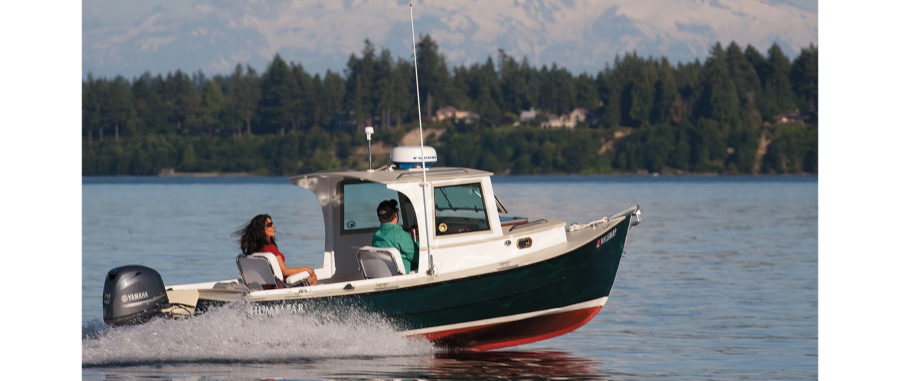
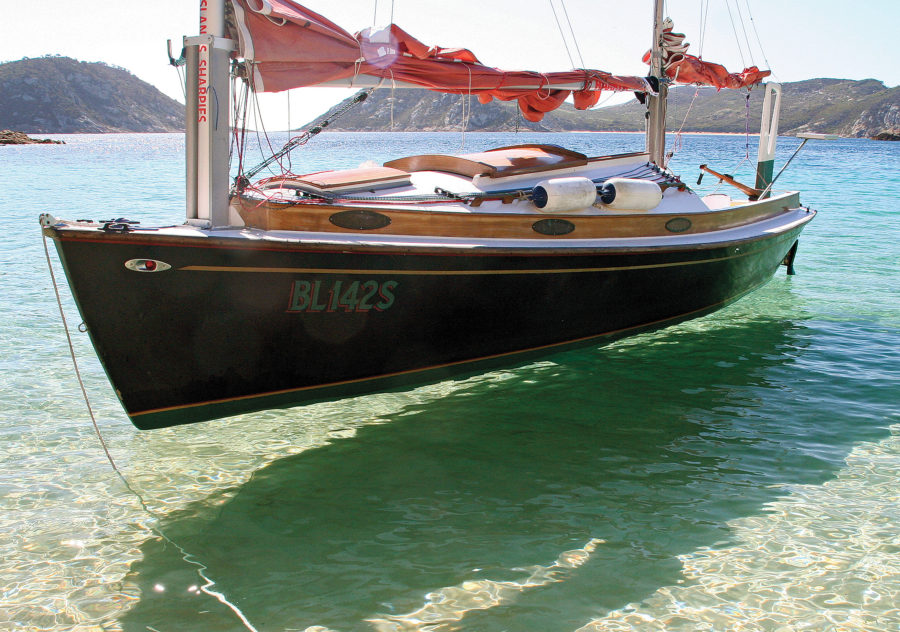
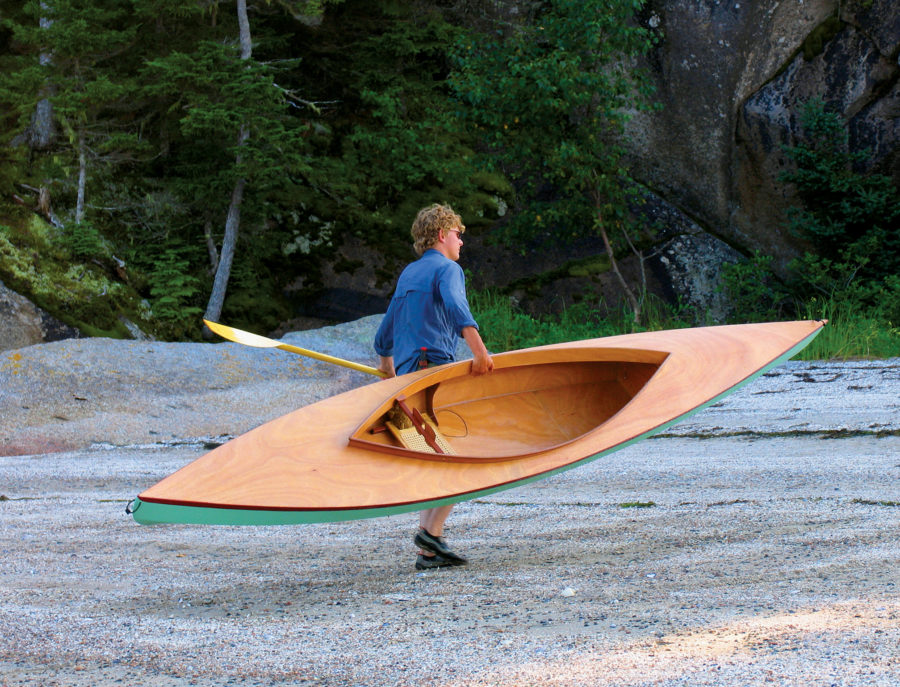
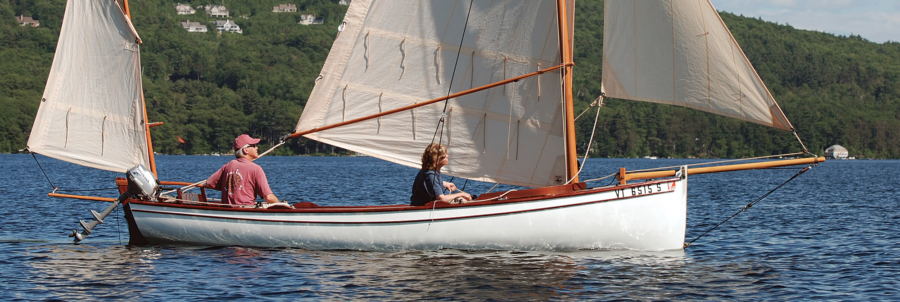
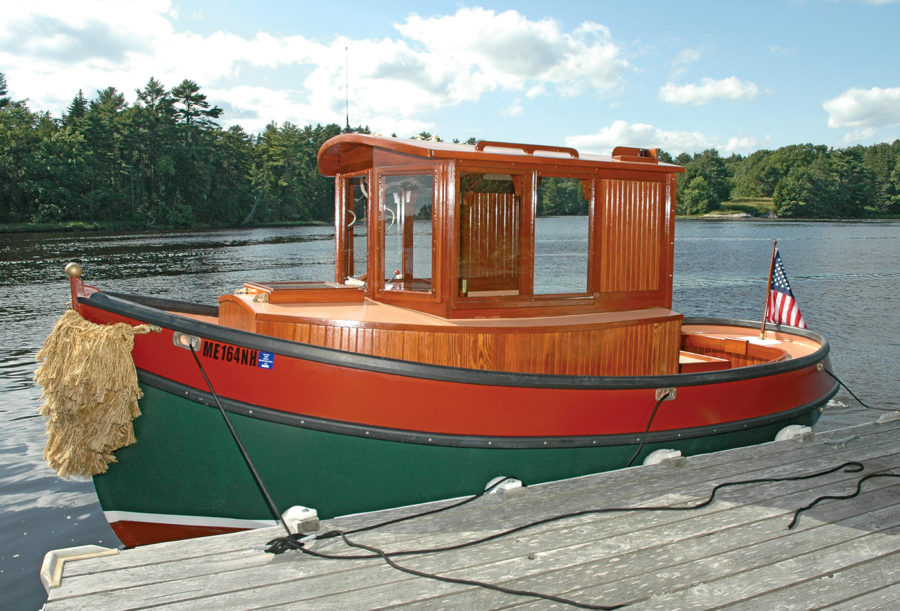
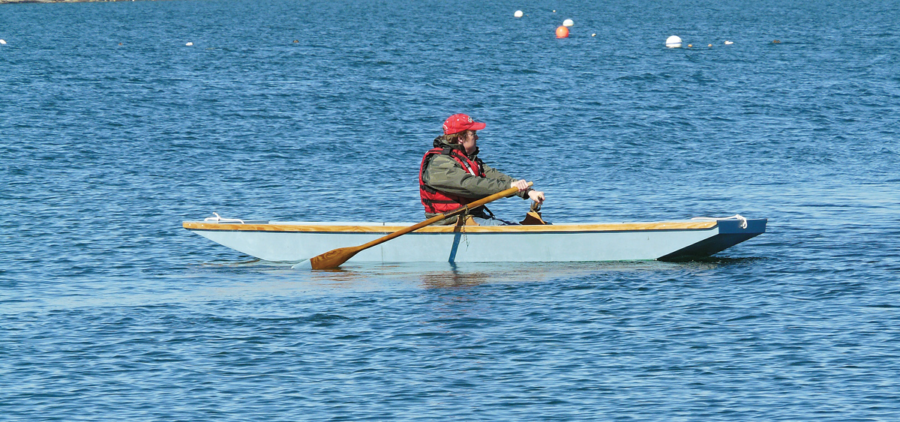
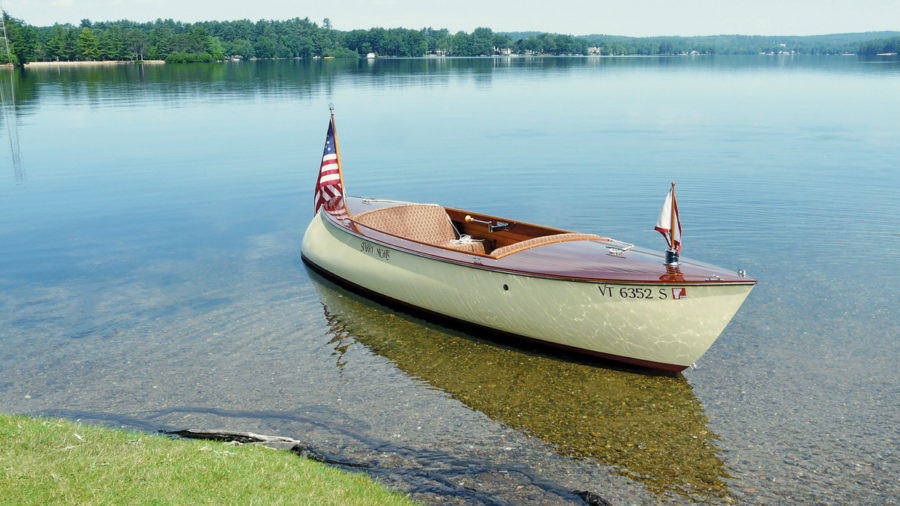
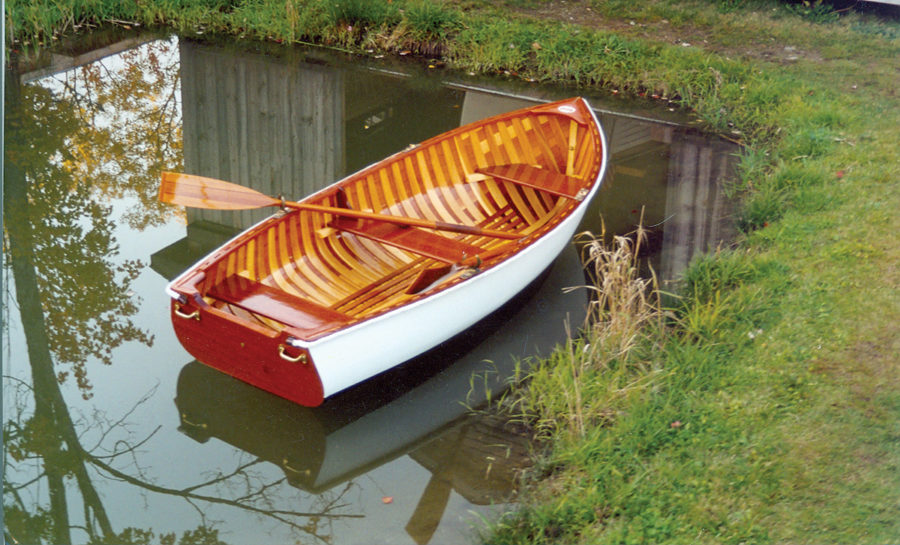
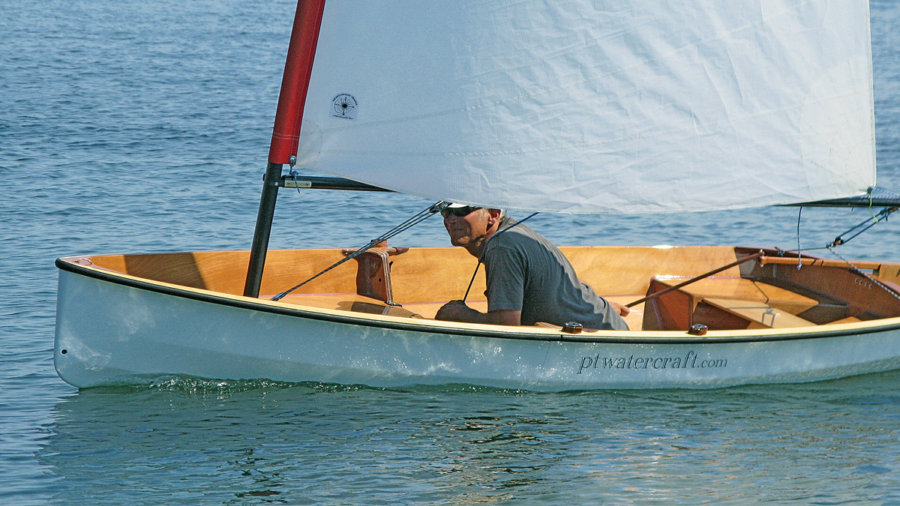
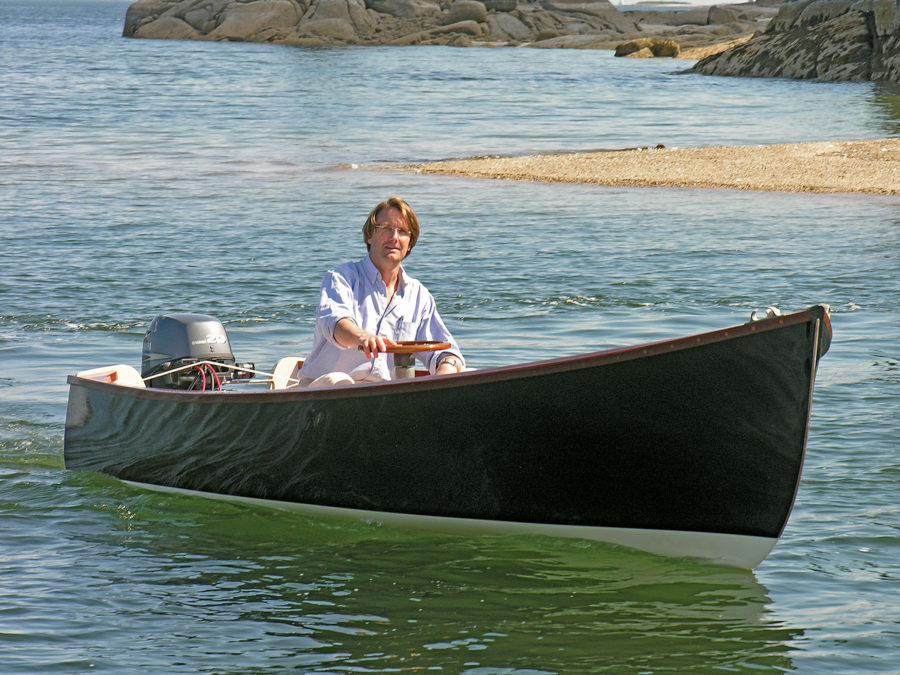
Beautiful craft, expertly executed. A joy to gaze at!